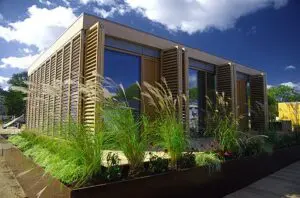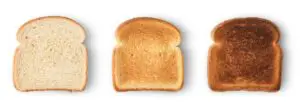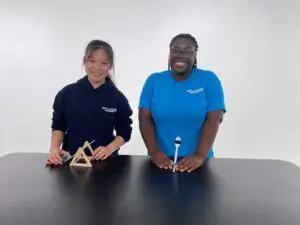Materials
Instructions
Guiding Questions
STEM Connections


 If carrier goes slowly or stops partway:
If carrier goes slowly or stops partway:



Thank you! Your submission is processing.